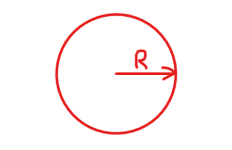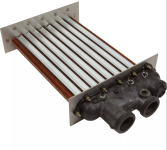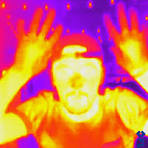- Jun 24, 2021
- 16,779
- Pool Size
- 29000
- Surface
- Vinyl
- Chlorine
- Salt Water Generator
- SWG Type
- CircuPool RJ-60 Plus
Don’t have a flue! Inside my vent is smooth without any corrosion. Smooth.
I didn’t get that the condensate issue was in the flue! I thought it was the heat exchanger, and have been scratching my head for a couple months on how you could condensate on the heat exchanger that would cause corrosion. Now it all makes sense. Aha moment.

I didn’t get that the condensate issue was in the flue! I thought it was the heat exchanger, and have been scratching my head for a couple months on how you could condensate on the heat exchanger that would cause corrosion. Now it all makes sense. Aha moment.

Last edited:




